Beef Nutrition
All Beef Nutrition Content

Checklist to Pasture Turnout
When preparing to turn your herd out to pasture, there are a few management decisions that need to be made. Having a simple checklist is an easy way to make sure you are prepared.
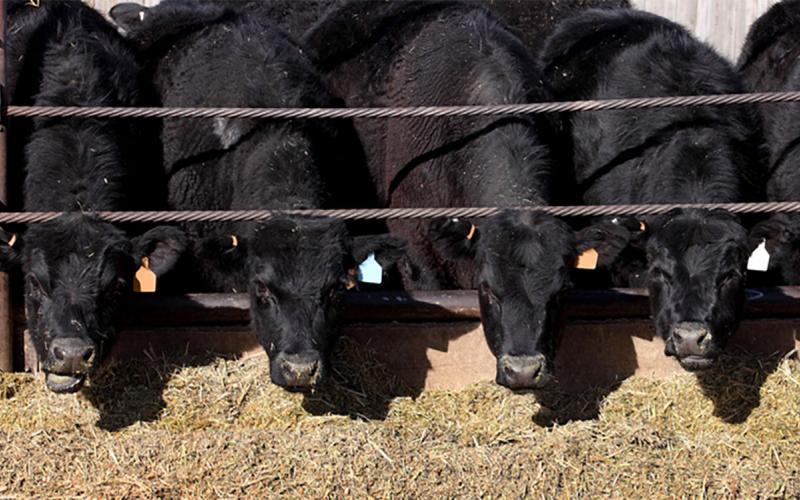
Healthy Guts Make Healthy Cattle
Feed additives, including probiotics, prebiotics, and postbiotics, can be incorporated in beef cattle diets to help improve animal health, increase performance, and reduce antibiotic use.
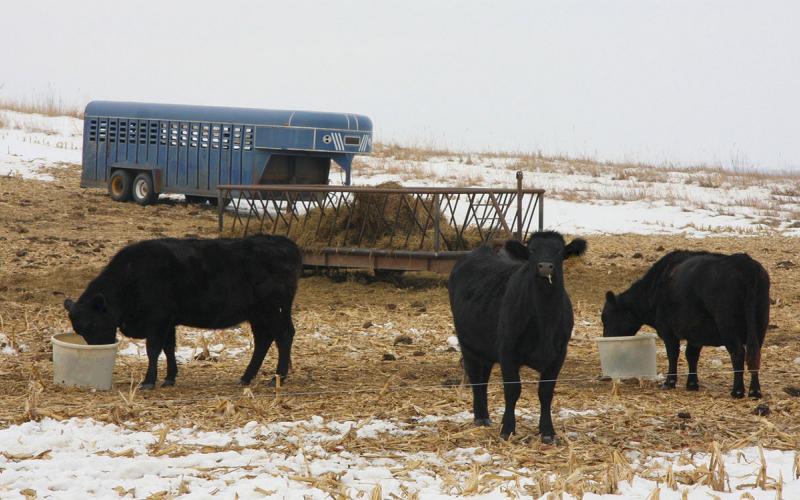
Cold Temperatures Impact Forage Intake
Decreasing temperatures impact the amount of energy required by cattle. Learn some management considerations to reduce the possibility of metabolic disturbance during periods of colder weather.
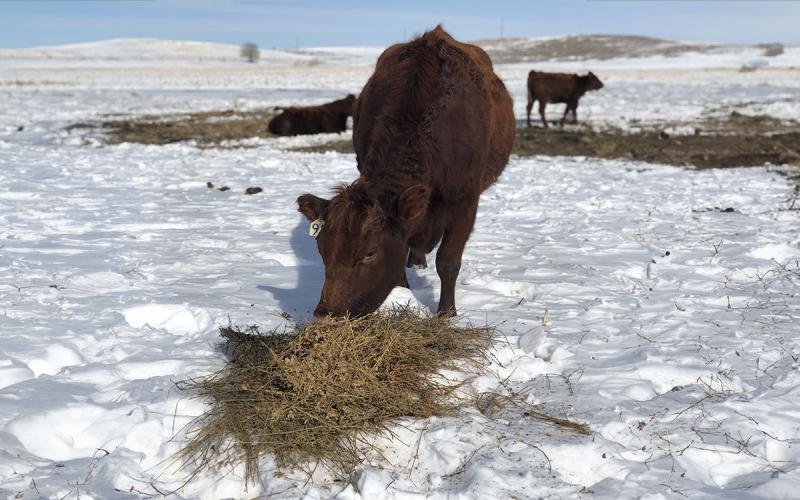
Feeding for the Future: Maternal Protein Intake
Maternal nutrition is extremely important, not only to the cow, but also to its unborn calf, which relies solely on its mother for nutrition. Learn some expert tips for getting your cows and their calves off to a great start.

Colostrum Puts the Best Hoof Forward
Newborn calves have little to no immune system upon birth. One of the keys to starting them out right is ensuring that they receive enough colostrum, which is packed full of nutrients and antibodies.
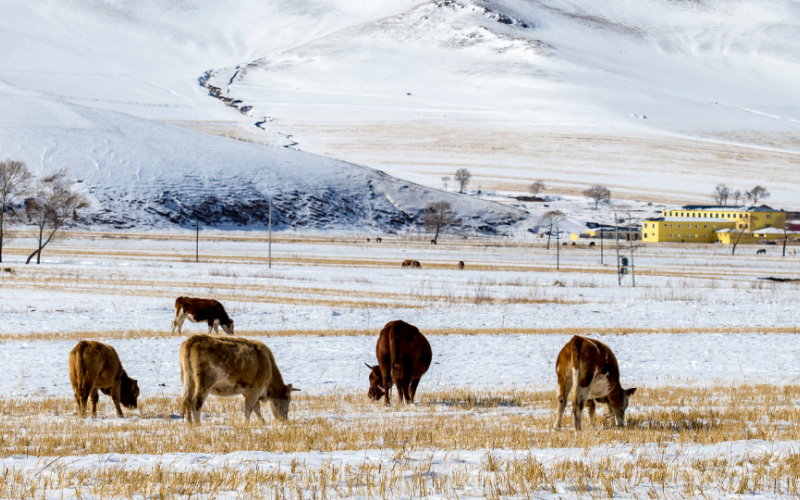
SDSU, NDSU Extension hosting beef cattle feeding programs
January 22, 2024
The SDSU Extension Dakota Alternative Beef Cow Systems Symposium is designed to help farmers and ranchers navigate the rising costs of the pastures and forages used to feed beef cattle. There will be two in-person events and one virtual event via Zoom.
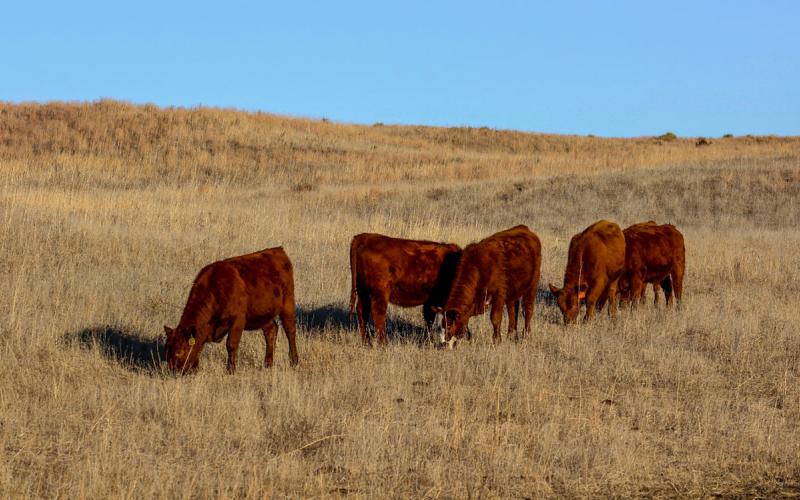
Meeting Growing Calf Requirements With Protein Supplementation While Winter Grazing
Due to their growth requirements, growing calves need higher-quality nutrition than cows, and they will require more protein and energy supplementation when grazing winter range.
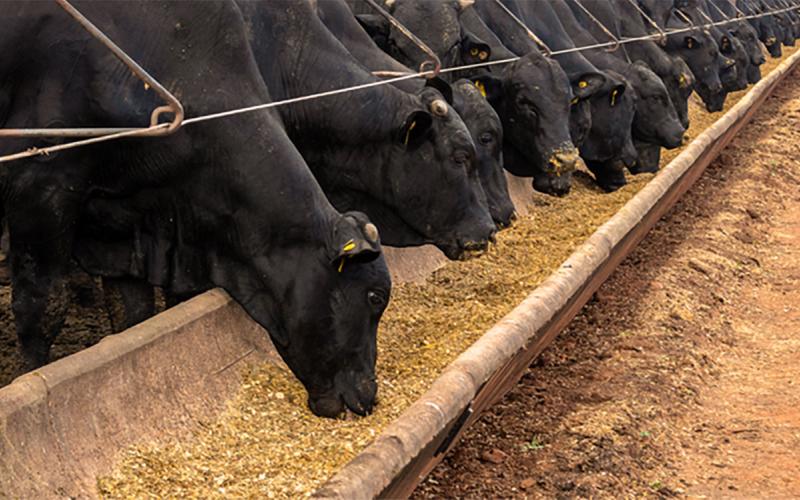
Ruminants: A Digestive Powerhouse
Ruminants such as cattle are important animals, as they turn forage into high-quality protein, such as meat and milk. It is important to understand their digestive system so we can better support their unique role in our food chain.
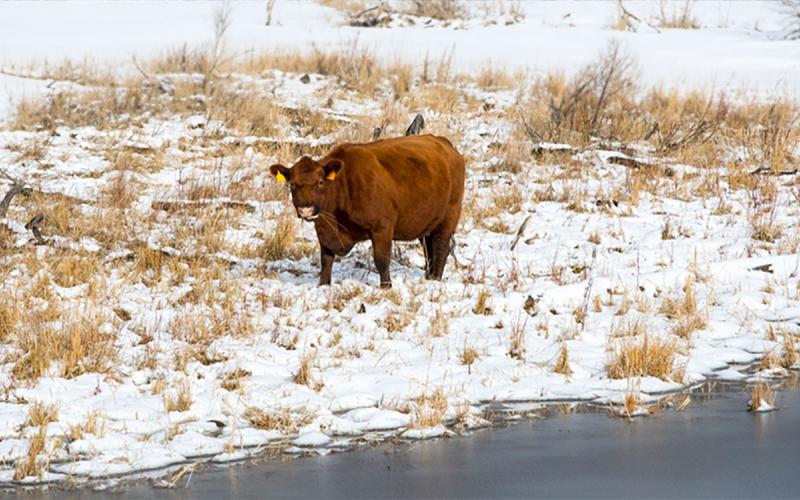
Icebreakers: Winter Water Supply
Cold weather creates a challenge for producers who house their herds in areas where there are limited water resources and available natural water sources may be frozen over.
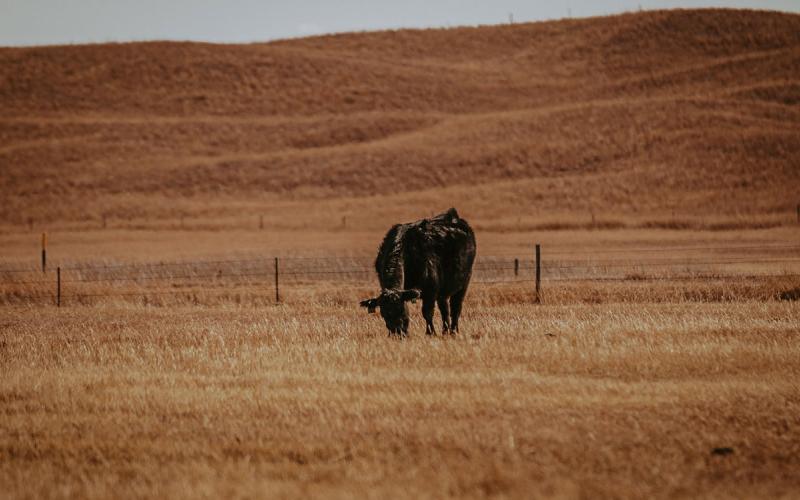
Meeting Cow Requirements While Winter Grazing
Regardless of grazing strategy, it is critical that producers provide proper supplementation to allow cows to meet nutrient requirements throughout the winter grazing season.